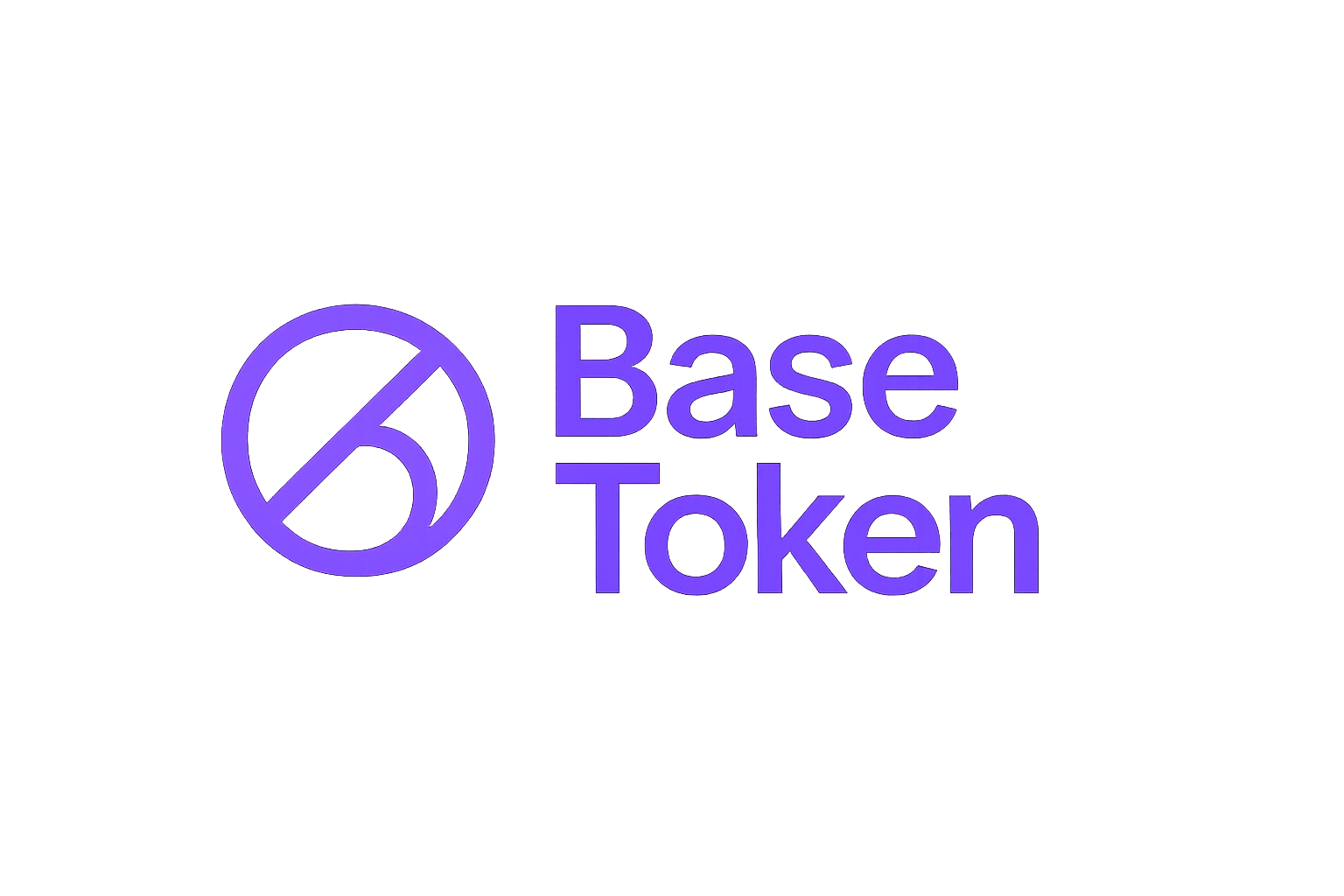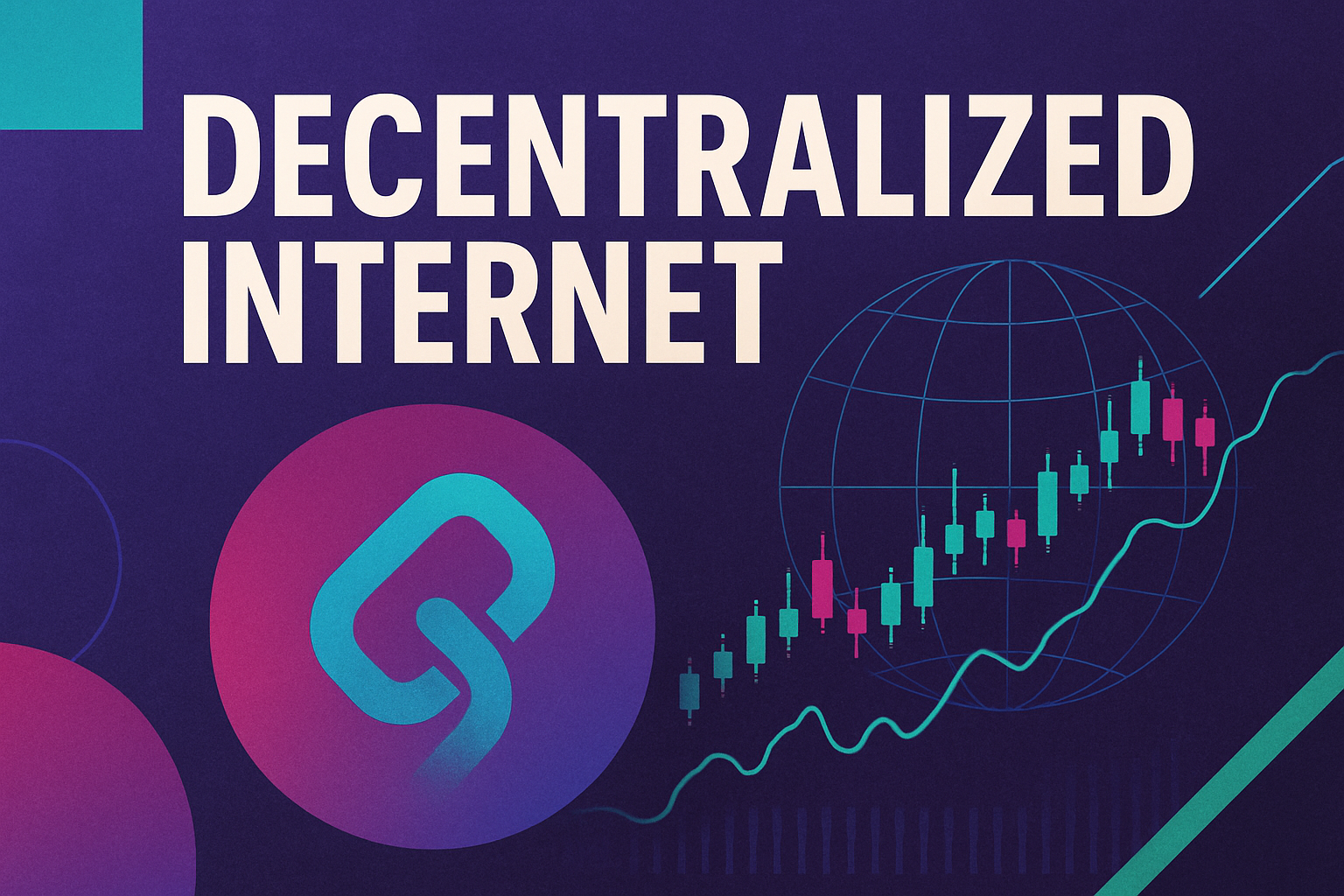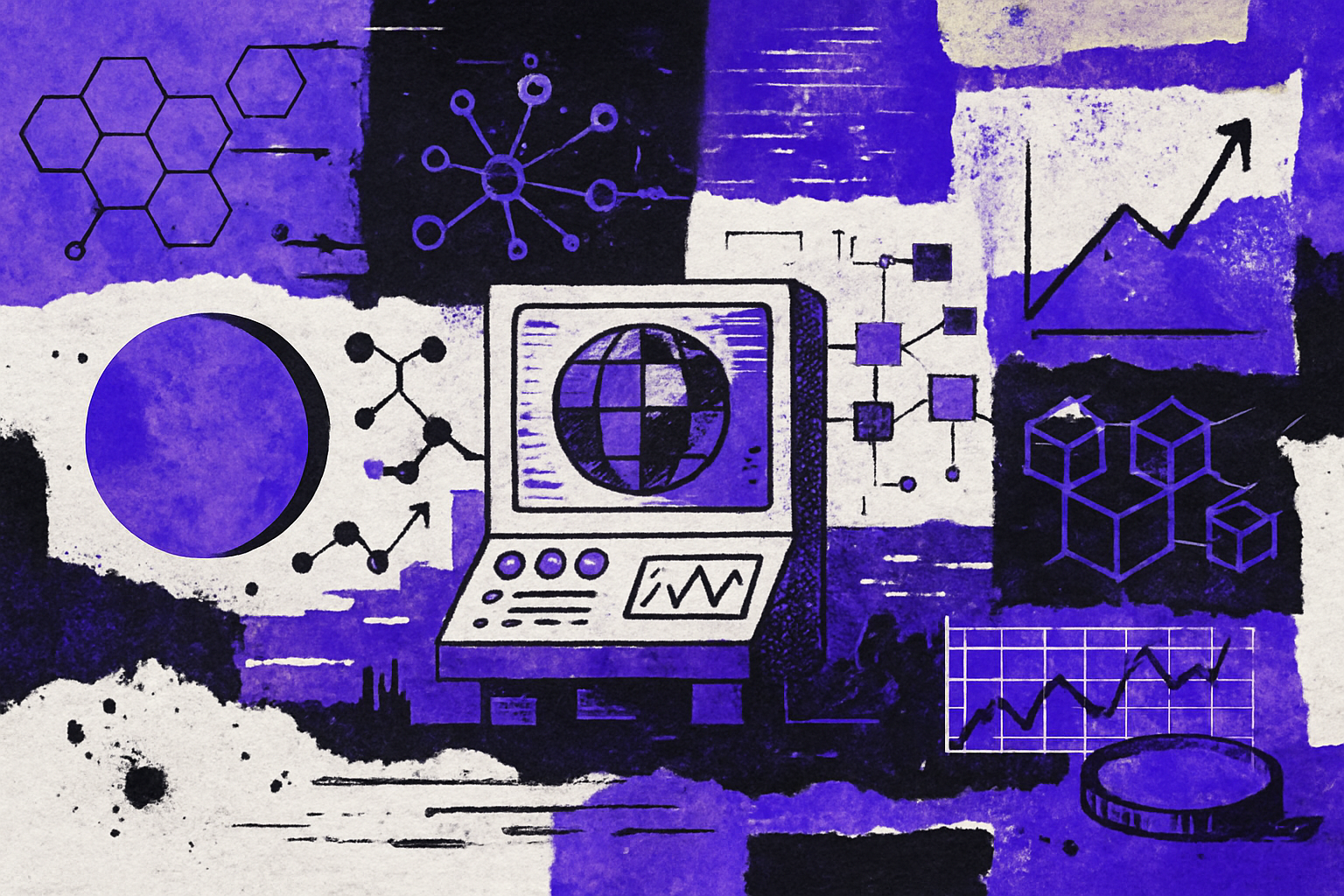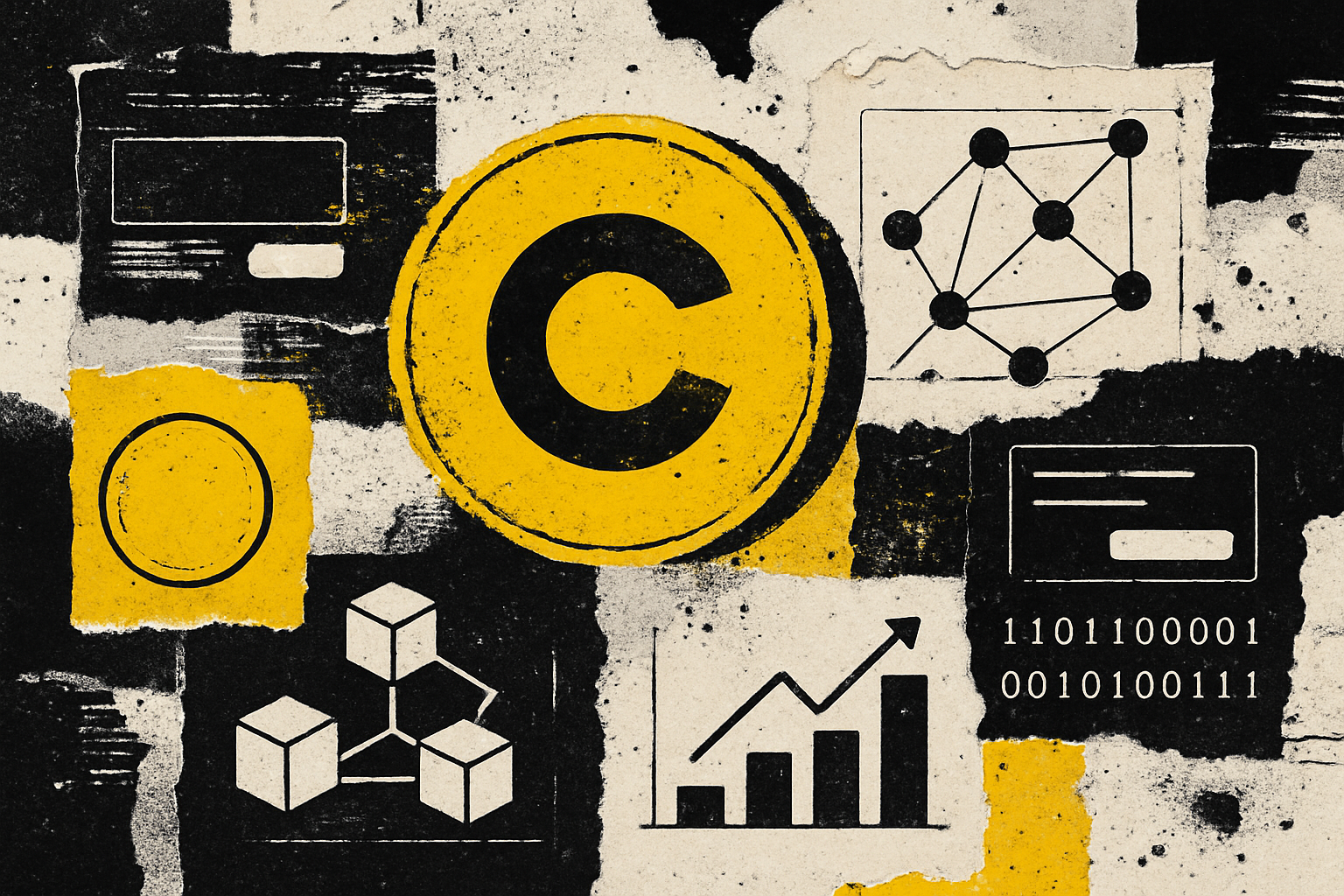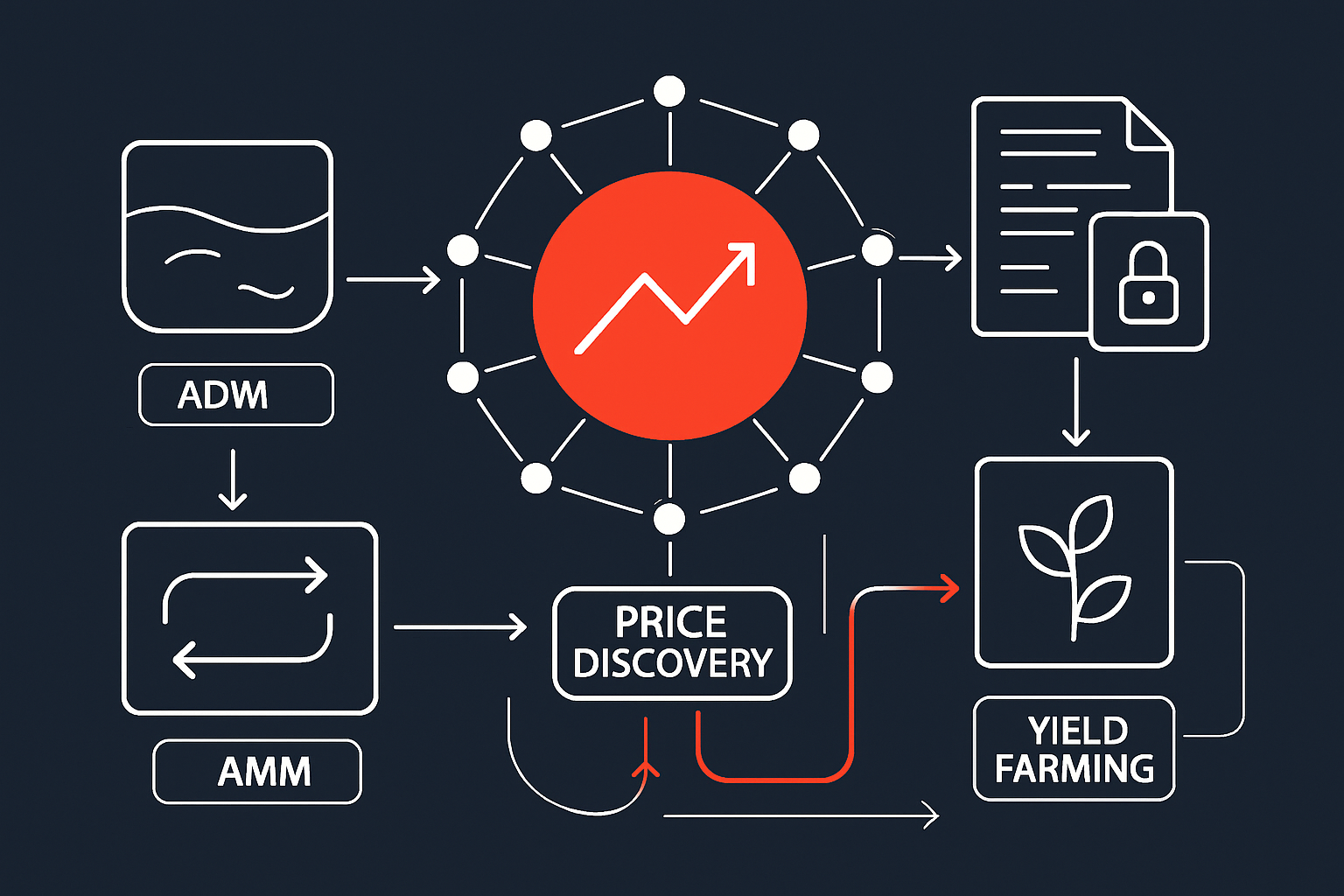
For many retail investors, the world of decentralized finance (DeFi) can feel like a maze of unfamiliar jargon and technical hurdles. One of the biggest barriers? Gas fees. Traditionally, every transaction on a blockchain network requires users to pay a fee in the network’s native token. On Ethereum, that means ETH. On Base, it’s typically ETH as well. But what if you could pay for transactions using only the token you already hold, like USDC or your favorite DeFi asset, without worrying about holding extra ETH just for gas?
This is where gas abstraction comes into play on the Base blockchain. By allowing users to pay gas fees in tokens other than ETH, Base is making one-token transactions a reality for everyone, especially retail users who value simplicity and cost-efficiency.

Why Gas Abstraction Matters for Retail DeFi Users
Gas fees have long been a sticking point for new DeFi participants. Imagine signing up for your first dApp and discovering you need to acquire a separate token just to cover transaction costs. This extra step adds friction and discourages adoption, especially when small mistakes can mean lost funds or failed transactions.
Gas abstraction on Base solves this by letting you pay with what you already have in your wallet. For instance, you can execute a swap or interact with a DeFi protocol and pay all associated fees directly in USDC, even if your USDC is held on another chain like Optimism. Services like Biconomy facilitate this cross-chain flexibility by acting as relayers and payment processors behind the scenes (see Biconomy docs).
The Mechanics: How One-Token Transactions Work on Base
The magic behind one-token transactions lies in several innovations:
- ERC-20 Gas Payments: Instead of being forced to use ETH for gas, users can now use popular ERC-20 tokens from any supported chain.
- Gas Sponsorship: Some dApps can choose to cover gas fees for their users entirely, creating truly seamless onboarding experiences.
- Meta-Transactions: With meta-transactions, users sign their intent while third-party relayers handle the execution and fee payment, often letting users reimburse these costs in their preferred token.
This approach not only streamlines user experience but also opens doors for broader participation. Developers can sponsor transactions during key campaigns or onboarding phases, while everyday users are spared from constantly managing multiple wallets and tokens just to interact with DeFi protocols.
The Current State of Gas Fees and BASE Price
The cost-effectiveness of transacting on Base is directly tied to its network price dynamics. As of today, Base Protocol (BASE) is trading at $0.4512, with a modest 24-hour change of -0.008930%. The 24-hour high stands at $0.4573 and the low at $0.4452. These figures reflect both stability and accessibility compared to older Layer 1 networks where gas spikes could eat into small investors’ gains.
This pricing consistency makes it easier for retail investors to estimate costs upfront, a critical factor when planning trades or interacting with dApps that support gas abstraction features.
